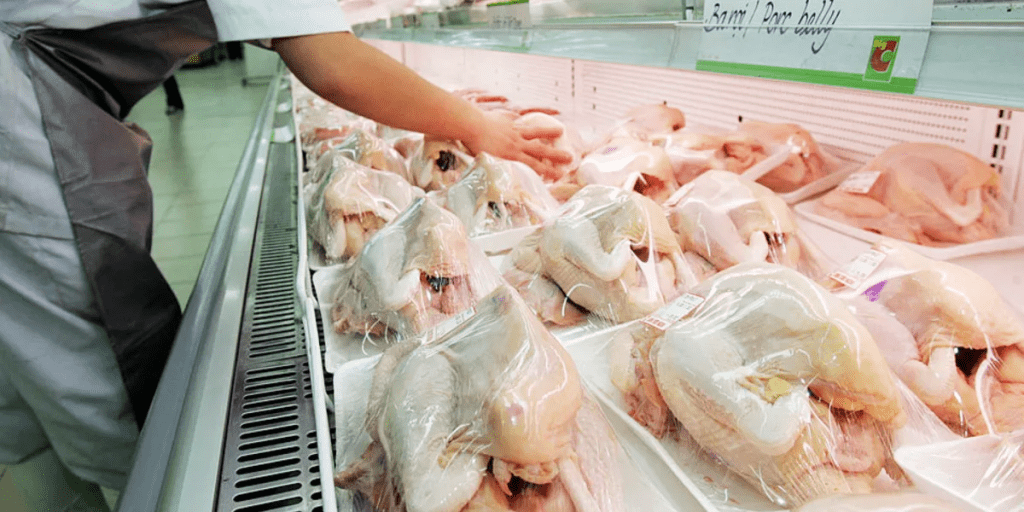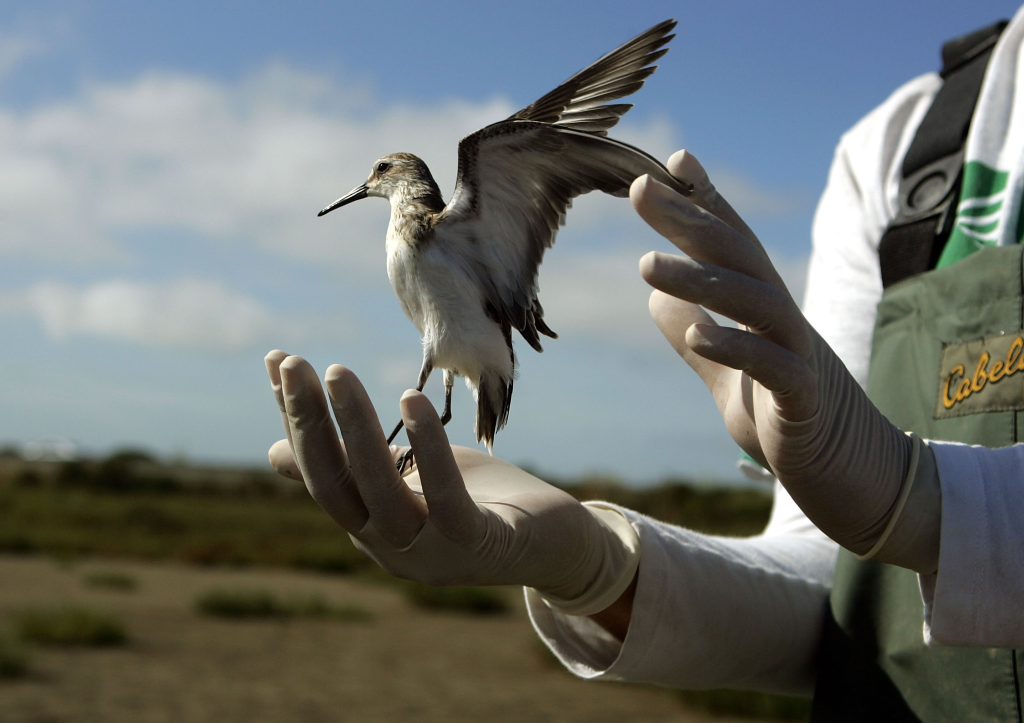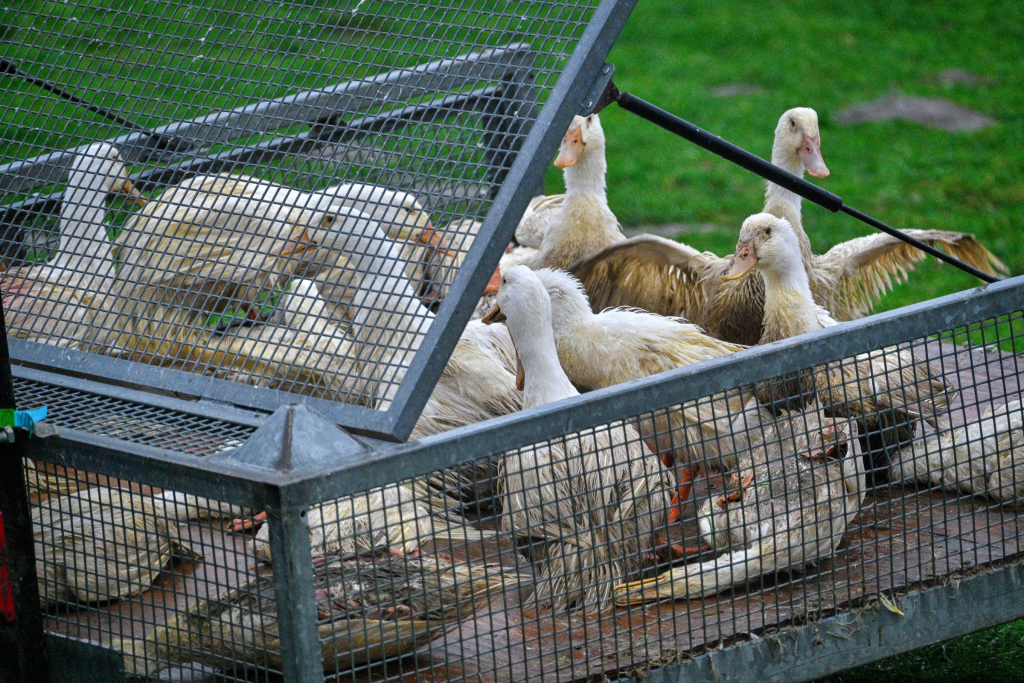The first severe case of avian influenza A(H5N1), commonly known as bird flu, has been confirmed in the United States. This landmark case, reported by the U.S. Centers for Disease Control and Prevention (CDC), involves a patient from Louisiana who contracted the virus from a backyard flock. This development marks a pivotal moment in the fight against H5N1, prompting emergency measures and heightened public health efforts.
The First Severe Bird Flu Case in the U.S.

On December 13, 2024, the CDC announced the first severe human case of H5N1 in the United States. The patient, a Louisiana resident, was exposed to sick and deceased birds from a backyard flock. This case is the first in the U.S. directly linked to such contact, emphasizing the critical need for biosecurity and public awareness in managing backyard poultry.
The virus, which has spread globally among birds and some mammals, has now reached human populations in the U.S., raising concerns about its potential implications for public health and animal welfare.
Genomic Analysis Reveals Key Insights
The CDC’s genomic analysis of the virus showed it belongs to the D1.1 genotype. This specific strain has been identified in wild birds, poultry, and previous human cases in Canada and Washington. It differs from the B3.13 genotype, which has been linked to outbreaks in dairy herds and other human cases. These findings highlight the virus’s adaptability and underline the need for continuous monitoring to track its evolution.
The Spread of H5N1 Across the United States
Since its first U.S. detection in wild birds in South Carolina in January 2022, H5N1 has expanded its reach across 16 states. It has impacted various animal populations, including poultry farms, backyard flocks, and dairy herds, increasing the risk of human exposure. The virus’s versatility and ability to infect multiple species underscore the urgency of containment and surveillance measures.
Human Cases and Animal Outbreaks: Alarming Trends
As of now, the U.S. has reported 61 confirmed human cases of H5N1 across seven states, with California recording the highest number at 34 cases. The virus has also affected dairy herds in Texas and Kansas, prompting enhanced surveillance in livestock populations. These trends demonstrate the virus’s broad impact and the necessity for swift and coordinated responses.
California Declares a State of Emergency

In response to the escalating situation, California Governor Gavin Newsom declared a State of Emergency, enabling the state to allocate resources and personnel more efficiently. This declaration reflects the gravity of the outbreak and the state’s commitment to protecting public health and its agricultural sector.
Proactive Measures in California
California has implemented a robust network for testing and monitoring, aiming to detect cases early and isolate affected areas. Governor Newsom emphasized the importance of these efforts, stating, “We are committed to protecting public health, supporting our agriculture industry, and ensuring Californians have access to accurate, up-to-date information.”
Reducing Public Risk: Essential Safety Guidelines
Health officials have confirmed the first severe case of H5N1 bird flu in the United States, marking a pivotal moment in monitoring efforts for the virus.
— The Epoch Times (@EpochTimes) December 18, 2024
The patient, a resident of southwestern Louisiana, was hospitalized after exposure to sick and dead birds in a backyard… pic.twitter.com/oCV1wSS9i5
While the risk of H5N1 spreading between humans remains low, officials urge the public to take precautions to minimize exposure and protect community health. Following these measures can significantly reduce risks:
1. Avoid Contact with Sick or Dead Animals
The primary recommendation is to steer clear of sick or deceased animals, including wild birds and domestic poultry. For those who must handle potentially infected animals, wearing personal protective equipment (PPE) such as gloves, goggles, N95 respirators, and disposable coveralls is crucial.
2. Practice Safe Food Handling
Cooking poultry, eggs, and meat to safe internal temperatures effectively eliminates the virus. Additionally, consuming pasteurized dairy products ensures food safety.
3. Monitor for Symptoms
Anyone exposed to potentially infected animals should monitor for symptoms such as respiratory issues or eye irritation for at least 10 days. Early medical intervention is vital if symptoms arise, as timely treatment can improve outcomes.
4. Protect Agricultural Workers
For those working in poultry and livestock environments, updated workplace safety protocols are essential. Employers should conduct hazard assessments, provide appropriate PPE, and implement control measures to reduce the risk of virus transmission.
The Bigger Picture: Implications for Public Health
⚠️ BREAKING:
— Infectious Disease Tracker (@HmpxvT) December 13, 2024
CDC's wastewater surveillance program shows H5N1 bird flu positive wastewater in 11 states. pic.twitter.com/hrgwRZnqiF
The emergence of H5N1 in backyard flocks and its spread to humans underscore the importance of a “One Health” approach, which recognizes the interconnectedness of human, animal, and environmental health. While person-to-person transmission remains low, the virus’s ability to adapt to various hosts necessitates vigilance and proactive strategies.
Ongoing Research and Preparedness
BREAKING: California Governor Gavin Newsom declares a 'state of emergency' due to the H5N1 bird flu epidemic. pic.twitter.com/g6MjdWNPMz
— Hunter Cullen (@IndictmentTime) December 18, 2024
The CDC is actively sequencing and isolating viruses from infected individuals and animals to monitor mutations that could increase transmissibility or severity. This research is critical for developing effective vaccines and treatments, as well as for informing public health policies.
The Role of Public Awareness
Public awareness is key to controlling the spread of H5N1. From backyard poultry owners to agricultural workers and everyday consumers, everyone plays a role in reducing risks and protecting community health. Clear communication and education about safety measures can foster compliance and help contain the virus.
Conclusion: A Collaborative Effort to Combat H5N1

The first severe human case of H5N1 in the U.S. serves as a wake-up call for the importance of preparedness, surveillance, and public health collaboration. While the overall risk to the public remains low, the virus’s spread across states and species highlights the need for continued vigilance.
California’s State of Emergency and the CDC’s ongoing research efforts exemplify the proactive steps required to address this evolving situation. By following safety guidelines, staying informed, and supporting containment strategies, we can work together to protect our communities and minimize the impact of this outbreak. This milestone reminds us of the critical connection between human and animal health—and the shared responsibility to safeguard both.


